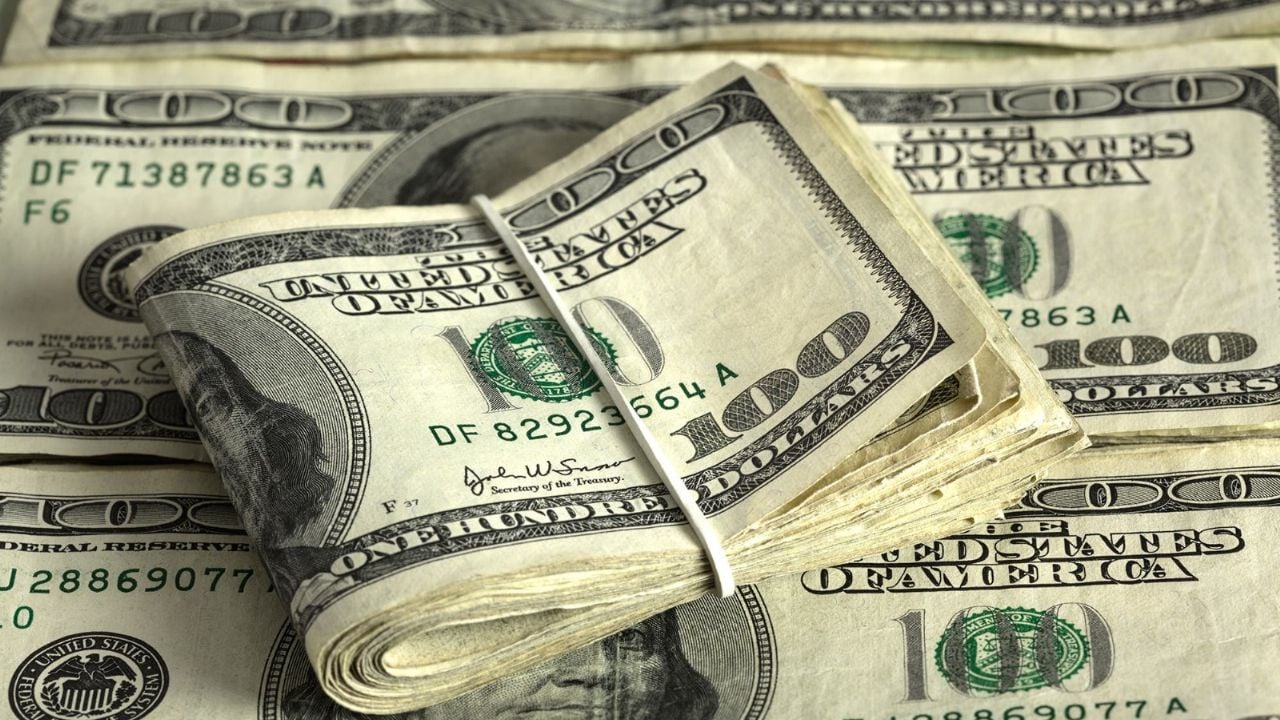Last week, the price of dollar In Argentina, it once again reflected the volatility and economic tensions that the country has been experiencing. Both the official dollar and the blue dollar showed significant movements, which generated concern and attention both in the financial markets and among citizens.
He dollar The official exchange rate, which is the exchange rate controlled by the government and used for legal and commercial transactions, was quoted at $898 for purchase and $938 for sale in banking entities.
This exchange rate is the one used for official operations and is generally lower than the blue dollar due to restrictions and controls imposed by the government. On the other hand, the dollar blue, which is the parallel or informal exchange rate, reached a new nominal record by trading at $1,500 for sale.
This exchange rate is used primarily by those seeking to avoid currency restrictions and obtain dollars more quickly and without government controls. The difference between the official dollar and the blue dollar, known as the exchange rate gap, has widened significantly, reflecting the lack of confidence in the country’s economy and monetary policies.

Fountain: Dollar Today.
The increase in the price of dollar The blue dollar is due to several factors. Firstly, economic and political uncertainty in Argentina has led many to seek refuge in the dollar as a way to protect their savings from inflation and the devaluation of the peso.
In addition, expectations of a possible official devaluation of the peso have boosted demand for dollars on the parallel market. This Monday, the blue dollar is quoted at $1,480 for purchase and $1,500 for sale. Meanwhile, the official dollar is quoted at $900 for purchase and $940 for sale.

More quotes
He dollar The MEP (Electronic Payment Market) and the CCL (Contado con Liquidación) dollar, which are other exchange rates used for specific financial transactions, also showed increases. The MEP dollar was quoted at $1,416.2, while the CCL dollar reached $1,428.57.
These exchange rates are mainly used by investors and companies to transfer funds abroad and carry out financial transactions, and their quotation is usually influenced by supply and demand in the financial markets.


















